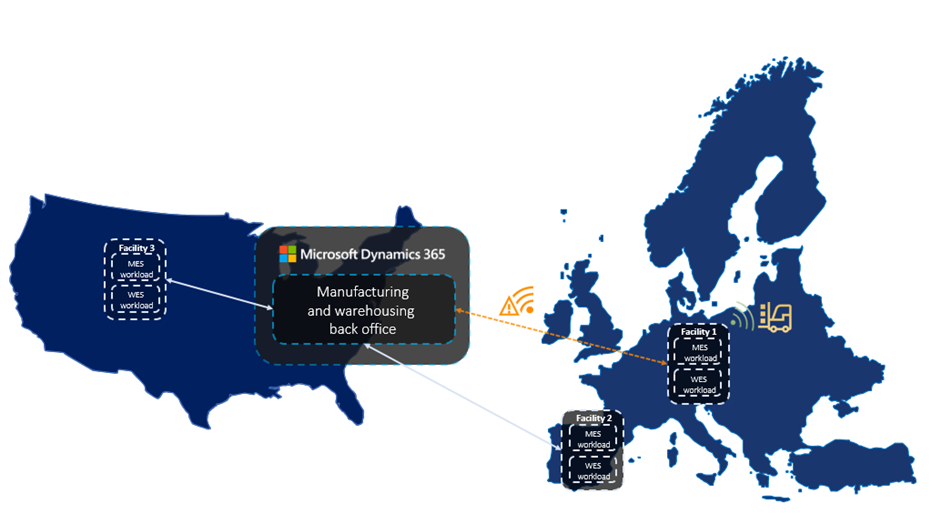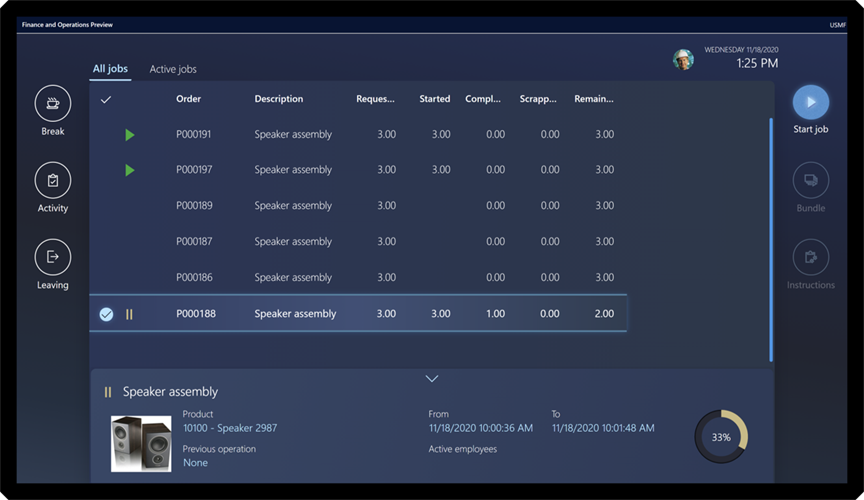
3 ways to minimize fraud this holiday season
This article is contributed. See the original author and article here.
Even in challenging times, the holiday season’s irresistible deals attract both customers and fraudsters. A differentiated fraud prevention strategy is essential to keep a merchant’s fraud losses minimized while letting legitimate customers continue to have a smooth shopping experience.
Consumers often change buying and engagement patterns with merchants during the holiday season like shipping to a new address when buying a gift or adding a new card on file that may give them higher rewards or a higher spending limit.
These new consumer behaviors pose a challenge for fraud prevention because it makes it more difficult to differentiate between fraud attempts and legitimate purchases.
Online purchases are expected to increase this year due to social distancing requirements. Now more than ever merchants need to adopt a differentiated strategy for fraud preventionone that helps adapt and respond to changing customer behaviors and minimizes fraud loss.
Here are three tips for the holiday season to help keep fraud low and maximize gains during these peak sales times.
First: Identify your fraud attack zone
While this may sound like a no-brainer on the face of it, identify and make a list of products in your portfolio that fraudsters can benefit from, either by reselling the products or using it themselves.
One of the key strategies in fraud defense is to identify where you are likely to be attacked. A product that is of limited supply or being posted with a high discount is more likely to be targeted than a product that is abundantly available year-round and has a low discount. Digital goods, especially one-time or non-subscription digital goods, tend to be targeted more than physical goods.
Commonly, these will also be the products most of your customers want and are the star items of your holiday deals.
Loosening fraud-decision thresholds on these products could make you a soft target for fraud. Instead, evaluate if you can apply limits such as maximum quantity and then use it in a watch-list fashion for reviews and reporting.
If you have a process in place for manually reviewing some transactions, consider adding confirmation or shipping delays until the review is completed.
Second: Set up rapid internal fraud communication channels
Core sale events and accompanying fraud attempts can last from a few hours to days. During which there will be an outburst of information coming from customer escalations, social engineering attempts, reports of successful purchases, and successful fraud prevention.
Weeding out noise from useful signals in real-time is essential. Normal communication methods such as support tickets and email messages can’t scale to meet these needs.
Set up channels that promote cross-functional communication in real-time, such as incident management tools, command room techniques, or collaboration tools such as Microsoft Teams. Include fraud analysts, review agents, customer support agents, and any other teams involved in handling fraud or customer escalation in these rapid communication channels. This helps with quick resolution of any false positives (customers blocked due to fraud suspicion) and to identify new fraud patterns as well as react to them.
Third: Monitor trends as near to real-time as possible
During the rush of holiday sales activity, it is essential to monitor the trends as near to real-time as possible and as granular as possible. Set up reporting on decisions and trends such as reject rate, approval rate, review rate, and trends of total volume and score distribution with views across slices of products, geographies, and user segments. All teams responsible for fraud prevention should always have a hawk’s eye on these reports and be ready to quickly jump-in if suspicious trends are seen.
How Microsoft can help your business combat fraud efficiently this holiday season
If you are currently using Dynamics 365 Fraud Protection, you can use the virtual fraud analyst capability to get a segmented view across your products and fraud profiles. The scorecard gives you a real-time view of the performance and support tool that helps to search and investigate all transactions including risk information and history. You can also enable the transaction acceptance booster feature to share data with banks in real-time to maximize customer experience and reduce wrongful declines.
Next steps and continued learning
If you are not currently using Dynamics 365 Fraud Protection, you can learn more and start a free trial to see what additional value you can bring to your business and customers.
The post 3 ways to minimize fraud this holiday season appeared first on Microsoft Dynamics 365 Blog.
Brought to you by Dr. Ware, Microsoft Office 365 Silver Partner, Charleston SC.


 (TEI)
(TEI) 






Recent Comments